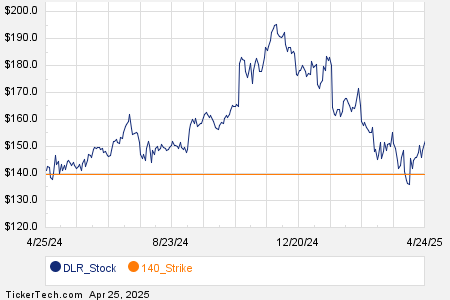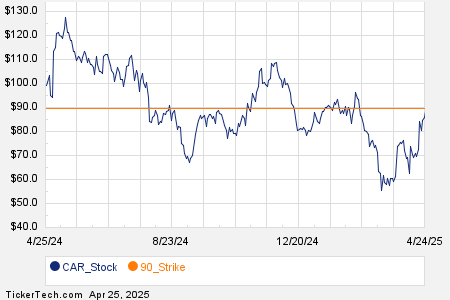Arabica and Robusta Prices Surge
The morning of May see arabica coffee (KCK24) rising by +5.80 (+2.93%), while May ICE robusta coffee (RMK24) sees an increase of +165 (+4.50%).
For a second consecutive day, coffee prices surge, with arabica hitting a 3-1/2 month peak and robusta reaching an all-time high. The worrying dry spell in Vietnam, leading to limited robusta coffee production, drives robusta prices skyward, propelling arabica prices as well. Concerns over potential water shortages for irrigation in Vietnam, expressed by coffee importer DRWakefield, cast a shadow over next season’s coffee output.
Factors Driving Market Volatility
Arabica coffee prices find support from Monday’s concerns about recent intense rainfall in Brazil’s coffee-growing regions potentially damaging coffee crops. Somar Meteorologia reported a massive 335% of the historical average rainfall in Brazil’s Minas Gerais region over the past week, a region responsible for about 30% of Brazil’s arabica crop.
The tight robusta coffee supplies from Vietnam, the world’s largest robusta coffee producer, play a crucial bullish role in price increases. Vietnam’s agriculture department foresees a significant drop of -20% in coffee production for the 2023/24 crop year, amounting to the smallest crop in four years, due to drought. Additionally, the Vietnam Coffee Association projects a -20% year-on-year decrease in 2023/24 coffee exports to 1.336 MM. Marex Group Plc predicts a global 2024/25 robusta coffee deficit of -2.7 million bags due to reduced output in Vietnam.
Bullish news emerges as Vietnam’s Q1 coffee exports increase by +8.3% year-on-year to 599,000 MT. However, a bearish factor surfaces as Rabobank forecasts a significant coffee surplus of 4.5 million bags for the upcoming 2024-25 marketing year. Despite lowering its 2023-24 production estimates by 3.9 million bags to 171.1 million bags due to revisions in Indonesia and Honduras, Rabobank’s projections rattle the market with anticipation.
Inventory Dynamics and Global Trends
Coffee inventories, once at historical lows, have shown signs of recovery. ICE-monitored robusta coffee inventories dropped to a record low of 1,958 lots on February 21, but have rebounded to a 2-1/4 month high of 3,058 lots as of Tuesday. Similarly, ICE-monitored arabica coffee inventories plummeted to a 24-year low of 224,066 bags on November 30, but resurged to a 10-1/4 month high of 604,079 bags on the latest count.
Noteworthy increases in coffee exports from Brazil, the world’s largest arabica coffee producer, are affecting prices negatively. Cecafe reports a whopping +36.5% year-on-year surge in Brazil’s Feb arabica coffee exports to 2.806 million bags. On a broader scale, the International Coffee Organization (ICO) reported a +32.3% year-on-year increase in Jan global coffee exports to 12.62 million bags, signaling positive trends in the global coffee market.
Advances in this year’s El Nino weather event spell bullish news for coffee prices. El Nino typically brings heavy rain to Brazil and drought to India, impacting coffee crop production. Potential drought in Vietnam’s coffee regions late this year and early 2024 due to the El Nino pattern portends future shifts in the market. Conversely, ICO’s projected global coffee surplus in the 2023/24 season hints at potential price stability in the face of increased production.
USDA’s Foreign Agriculture Service (FAS) forecasts a mixed bag for 2023/24 global coffee production, with an overall increase of +4.2% to 171.4 million bags. While arabica production is expected to rise by +10.7% to 97.3 million bags, robusta production is projected to decline by -3.3% to 74.1 million bags. Ending stocks are set to fall by -4.0% to 26.5 million bags, with Brazil’s Arabica production expected to climb significantly by +12.8% year-on-year.
More Coffee News from Barchart
On the date of publication, Rich Asplund did not have (either directly or indirectly) positions in any of the securities mentioned in this article. All information and data in this article is solely for informational purposes. For more information please view the Barchart Disclosure Policy here.
The views and opinions expressed herein are the views and opinions of the author and do not necessarily reflect those of Nasdaq, Inc.


